Filter by
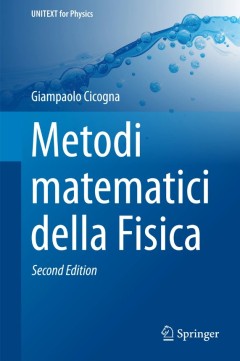
Metodi matematici della Fisica
Questo libro trae la sua origine dagli appunti preparati per le lezioni di Metodi Matematici della Fisica tenute al Dipartimento di Fisica dell'Università di Pisa, e via via sistemati, raffinati e aggiornati nel corso di molti anni di insegnamento. L'intento generale è di fornire una presentazione per quanto possibile semplice e diretta dei metodi matematici basilari e rilevanti per la Fisica…
- Edition
- 1
- ISBN/ISSN
- 978-88-470-5683-1
- Collation
- X, 258
- Series Title
- UNITEXT for Physics
- Call Number
- -
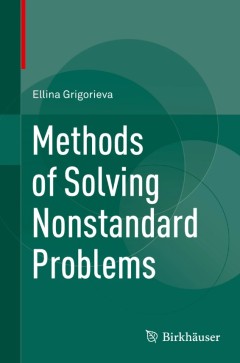
Methods of Solving Nonstandard Problems
This book, written by an accomplished female mathematician, is the second to explore nonstandard mathematical problems – those that are not directly solved by standard mathematical methods but instead rely on insight and the synthesis of a variety of mathematical ideas. It promotes mental activity as well as greater mathematical skills, and is an ideal resource for successful preparation fo…
- Edition
- 1
- ISBN/ISSN
- 978-3-319-19886-6
- Collation
- XXI, 327
- Series Title
- -
- Call Number
- -
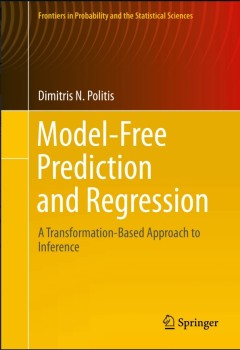
Model-Free Prediction and Regression
The Model-Free Prediction Principle expounded upon in this monograph is based on the simple notion of transforming a complex dataset to one that is easier to work with, e.g., i.i.d. or Gaussian. As such, it restores the emphasis on observable quantities, i.e., current and future data, as opposed to unobservable model parameters and estimates thereof, and yields optimal predictors in diverse set…
- Edition
- 1
- ISBN/ISSN
- 978-3-319-21346-0
- Collation
- XVII, 246
- Series Title
- Frontiers in Probability and the Statistical Sciences
- Call Number
- -

Model-Reference Robust Tuning of PID Controllers
This book presents a unified methodology for the design of PID controllers that encompasses the wide range of different dynamics to be found in industrial processes. This is extended to provide a coherent way of dealing with the tuning of PID controllers. The particular method at the core of the book is the so-called model-reference robust tuning (MoReRT), developed by the authors. MoReRT const…
- Edition
- 1
- ISBN/ISSN
- 978-3-319-28211-4
- Collation
- XIX, 192
- Series Title
- Advances in Industrial Control
- Call Number
- -

Modeling Binary Correlated Responses using SAS, SPSS and R
Statistical tools to analyze correlated binary data are spread out in the existing literature. This book makes these tools accessible to practitioners in a single volume. Chapters cover recently developed statistical tools and statistical packages that are tailored to analyzing correlated binary data. The authors showcase both traditional and new methods for application to health-related resear…
- Edition
- 1
- ISBN/ISSN
- 978-3-319-23804-3
- Collation
- XXIII, 264
- Series Title
- ICSA Book Series in Statistics
- Call Number
- -
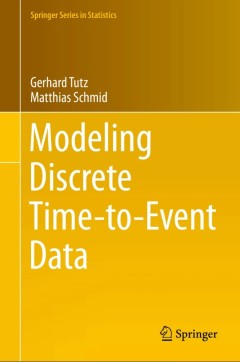
Modeling Discrete Time-to-Event Data
This book focuses on statistical methods for the analysis of discrete failure times. Failure time analysis is one of the most important fields in statistical research, with applications affecting a wide range of disciplines, in particular, demography, econometrics, epidemiology and clinical research. Although there are a large variety of statistical methods for failure time analysis, many techn…
- Edition
- 1
- ISBN/ISSN
- 978-3-319-28156-8
- Collation
- X, 247
- Series Title
- Springer Series in Statistics
- Call Number
- -

Electronic Commerce A Managerial and Social Networks Perspective
Throughout the book, theoretical foundations necessary for understanding Electronic Commerce (EC) are presented, ranging from consumer behavior to the economic theory of competition. Furthermore, this book presents the most current topics relating to EC as described by a diversified team of experts in a variety of fields, including a senior vice president of an e-commerce-related company. The a…
- Edition
- 1
- ISBN/ISSN
- 978-3-319-10091-3
- Collation
- 12 b/w illustrations, 100 illustrations in colour
- Series Title
- -
- Call Number
- -
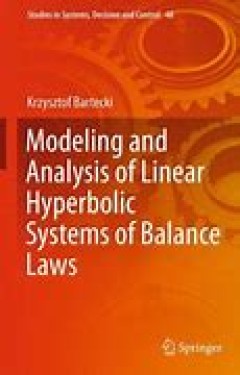
Modeling and Analysis of Linear Hyperbolic Systems of Balance Laws
This monograph focuses on the mathematical modeling of distributed parameter systems in which mass/energy transport or wave propagation phenomena occur and which are described by partial differential equations of hyperbolic type. The case of linear (or linearized) 2 x 2 hyperbolic systems of balance laws is considered, i.e., systems described by two coupled linear partial differential equations…
- Edition
- 1
- ISBN/ISSN
- 978-3-319-27500-0
- Collation
- XXV, 146
- Series Title
- Studies in Systems, Decision and Control
- Call Number
- -
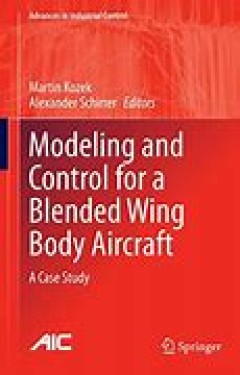
Modeling and Control for a Blended Wing Body Aircraft
This book demonstrates the potential of the blended wing body (BWB) concept for significant improvement in both fuel efficiency and noise reduction and addresses the considerable challenges raised for control engineers because of characteristics like open-loop instability, large flexible structure, and slow control surfaces. This text describes state-of-the-art and novel modeling and control de…
- Edition
- 1
- ISBN/ISSN
- 978-3-319-10791-2
- Collation
- XIV, 301
- Series Title
- Advances in Industrial Control
- Call Number
- -

Modeling and Control of Greenhouse Crop Growth
A discussion of challenges related to the modeling and control of greenhouse crop growth, this book presents state-of-the-art answers to those challenges. The authors model the subsystems involved in successful greenhouse control using different techniques and show how the models obtained can be exploited for simulation or control design; they suggest ideas for the development of physical and/o…
- Edition
- 1
- ISBN/ISSN
- 978-3-319-11133-9
- Collation
- XXIX, 250
- Series Title
- Advances in Industrial Control
- Call Number
- -
 Computer Science, Information & General Works
Computer Science, Information & General Works  Philosophy & Psychology
Philosophy & Psychology  Religion
Religion  Social Sciences
Social Sciences  Language
Language  Pure Science
Pure Science  Applied Sciences
Applied Sciences  Art & Recreation
Art & Recreation  Literature
Literature  History & Geography
History & Geography